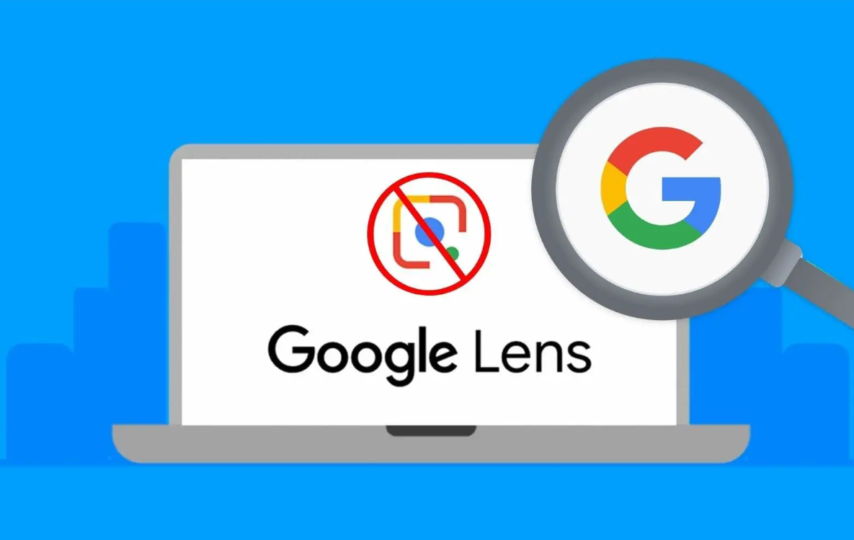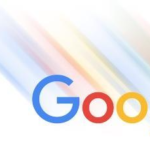With Google Lens, users can accurately determine the features of objects surrounding their smartphone by using the camera on their mobile device. Web browsers that utilize Google Chrome allow users to use Google Lens as a search tool. However, waves of negative reports that Android users have been experiencing have cast a cloud over the popular tool.
Users have reported concerns about their sensitive information’s safety after finding that Google Lens continues to substitute global map results from Google Image Search. In this post, we will describe how to disabled Google Lens and replace it with reverse photo lookup free.
What is Google Lens, and how does Google Lens work?
Google Lens uses artificial intelligence to extract pertinent details about objects depicted in an image and provide them in real-time. An image search engine generates a real-time reverse image match, allowing users to identify landmarks, animals, plants, and so on through their cameras.
Google Lens worK!
source:howtogeek
Google Lens uses machine learning algorithms to analyze and interpret visual data in real time. When a user takes a photo with their smartphone camera or selects an existing image from their gallery, Google Lens analyzes it using complex computer vision techniques, such as object recognition and optical character recognition (OCR). The system then identifies what’s in the image and provides relevant information.
One of the unique features of Google Lens is its ability to recognize text in images. OCR technology can scan text within an image and convert it into editable text that can be copied or translated into other languages.
How to disable Google Lens and replace image search?
Google Lens is an innovative tool that allows users to search for information by taking photos or scanning images. However, some users may need help finding this feature intrusive or useful. Fortunately, there are ways to disable Google Lens through Chrome’s flags and replacing the image search.
- Firstly, Open the Google app on your Android device.
- Chrome’s flags can be accessed by typing “chrome://flags” in the URL bar.
- From there, scroll down to the “Google Lens” option and select “Disabled” from the drop-down menu.
- This will prevent Google Lens from launching when you take a photo or scan an image.
- Click on the Relaunch button that is at the bottom of the page. This action will finalize the Chrome browser change and close the browser, then automatically open the browser again with image search feature.
source:googlelens
Alternatively, if you want to replace Google Lens with a different reverse image search engine, various options are available online such as TinEye or ImageRaider. Install the extension of your choice and set it as your default reverse image search engine in Chrome settings.
Pros & Cons Of Google Lens Feature
Google Lens is a popular image recognition technology that lets users identify items, locations, and words simultaneously. While Google Lens has many benefits, there are also a few drawbacks.
Pros
- One of its benefits is the search reversal feature, which allows users to upload an image and find information regarding it online.
- Google Lens can perform various tasks, such as translating text, scanning barcodes and QR codes, and identifying plants and animals, making it a versatile tool for many use cases.
- To use Google Lens, only a smartphone is necessary; all it takes is a single tap on the screen.
- Google Lens is available in various Google services, including Google Photos and Google Assistant, making it easy to access and utilize from within those apps.
Cons
- Google Lens utilizes visual data to provide its services, which can potentially heighten privacy concerns for some Google Lens users.
- Google Lens is only available on particular sorts of devices, thereby limiting accessibility for some Google Lens users.
Overall, while Google Lens has some limitations and privacy concerns, its accurate visual recognition, wide range of functionalities, and integration with Google services make it a useful and versatile tool for many users.








